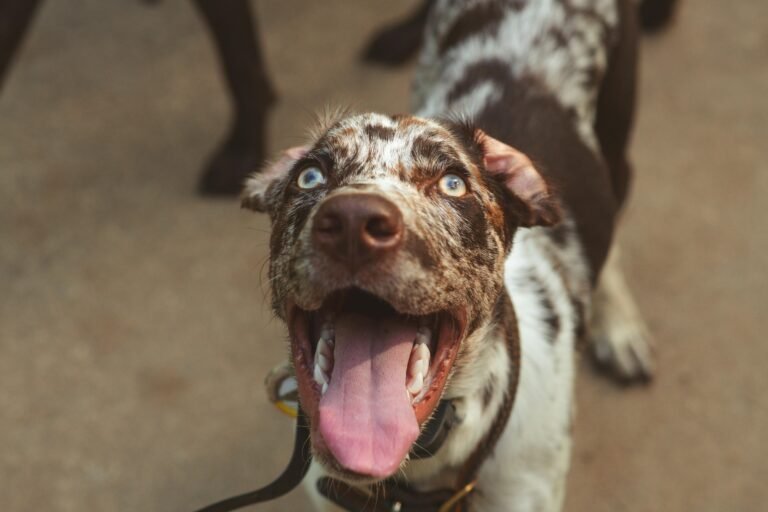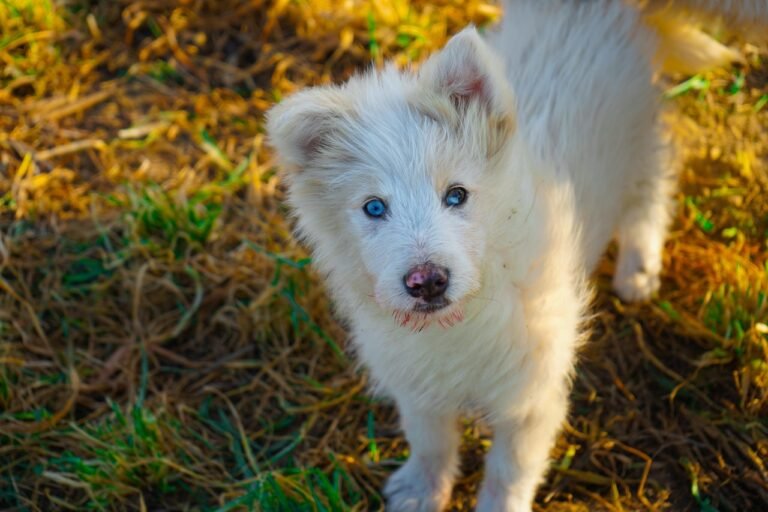Introduction
The Cavapoo is one of the most charming and popular designer dogs to emerge in recent years. A deliberate cross between the Cavalier King Charles Spaniel and the Poodle (usually miniature or toy), this hybrid breed combines the best traits of its parents. Cavapoos are known for their teddy‑bear good looks, their gentle nature, and the deep bond they form with their human families. They tend to be smaller dogs, but their personalities are anything but diminutive. People looking for an adaptable, affectionate companion who is equally content curled up on the couch as romping in the yard often gravitate to the Cavapoo. This article explores the origins, characteristics, temperament, care requirements and health considerations of this delightful breed.
Origins and History
Designer dogs are not a new concept, but the Cavapoo’s popularity has skyrocketed over the past two decades. Breeders in Australia and the United States began intentionally crossing Cavalier King Charles Spaniels with Poodles to produce family‑friendly companions with low‑shedding coats. The Cavalier brings a sweet disposition and a storied royal history; the breed traces back to the courts of King Charles II of England, where toy spaniels lounged in palaces and warmed the laps of nobles. Poodles, on the other hand, started life as retrievers and water dogs in Germany and France. They are celebrated for their intelligence and hypoallergenic, curly coat. By combining these two breeds, breeders hoped to produce a small dog with the Cavalier’s gentle nature and the Poodle’s trainability and coat qualities. The result was the Cavapoo, sometimes called a Cavoodle in Australia.
Physical Characteristics
Cavapoos are small to medium dogs, usually weighing between 12 and 25 pounds and standing 9 to 15 inches tall at the shoulder. Their size depends largely on whether a miniature or toy Poodle was used in the cross. One of the most appealing aspects of the Cavapoo is its soft, fluffy coat, which can be curly like a Poodle’s or wavy like a Cavalier’s. Coat colors vary widely and may include cream, apricot, red, chocolate, black, or parti‑color combinations. Many Cavapoos have expressive round eyes and a compact muzzle framed by long, silky ears. Although some Cavapoos are relatively low‑shedding thanks to their Poodle heritage, their coats still require regular brushing to prevent mats and tangles. Their overall look is that of a living teddy bear, which is part of their widespread appeal.
Temperament and Personality
In terms of temperament, the Cavapoo tends to be gentle, friendly and eager to please. Early socialization and positive reinforcement training are important, but most Cavapoos are naturally sociable. They make excellent companions for first‑time dog owners because they are relatively easy to train and adapt well to different living situations. Cavapoos are known for their love of people; they often form strong bonds with all family members, including respectful children. Their playful streak makes them good playmates, but they are generally not hyperactive or demanding. They are happiest when they are with their humans—leaving them alone for long periods can lead to separation anxiety. Because they are a crossbreed, individual personalities can lean more toward the Cavalier’s sweet calmness or the Poodle’s bouncy intelligence, but most owners enjoy a balanced blend of both.
Care and Grooming Requirements
Although Cavapoos are marketed as low‑shedding and allergy friendly, they do require regular grooming. Brushing a few times a week keeps the coat free of mats. Many owners have their Cavapoo trimmed every six to eight weeks to maintain a manageable length. Regular ear cleaning is essential because their floppy ears can trap moisture, leading to infections. Like all small dogs, Cavapoos are prone to dental issues, so daily toothbrushing and professional cleanings are important. Nails should be trimmed every three to four weeks, and eyes should be wiped gently with a damp cloth to prevent tear staining. Aside from grooming, Cavapoos only need moderate exercise—daily walks and indoor play sessions usually suffice. Because they are sensitive and people‑oriented, training should focus on positive reinforcement rather than harsh corrections.
Health and Lifespan
Hybrid dogs sometimes inherit greater genetic diversity than purebred dogs, but they can still be susceptible to health conditions seen in both parent breeds. Cavapoos generally live 12–15 years and are considered a relatively healthy breed. Potential health problems include hip dysplasia and patellar luxation—joint disorders that can affect mobility. Eye issues such as progressive retinal atrophy, cataracts and dry eye occur in both Cavaliers and Poodles and may appear in Cavapoos. Heart disease, particularly mitral valve disease, is another concern because it is prevalent in Cavaliers. Responsible breeders screen their breeding dogs for these conditions and provide health clearances to puppy buyers. Regular veterinary check‑ups, a balanced diet, and maintaining a healthy weight go a long way toward ensuring a Cavapoo enjoys a long, comfortable life.
Training and Exercise Needs
Cavapoos have a moderate energy level. They enjoy daily walks, play sessions and mental stimulation. Because they are intelligent and eager to please, they respond well to positive reinforcement training methods. Many Cavapoos excel at learning tricks and participating in canine sports such as agility or rally obedience. Puzzle toys and scent games can help keep their active minds engaged. While Cavapoos do not require the rigorous exercise that some breeds do, they still need daily activity to prevent boredom and weight gain. An under‑exercised Cavapoo may become mischievous or develop problem behaviors such as excessive barking. Socialization with other dogs and people from a young age helps them grow into confident, well‑adjusted adults.
Cavapoo and Family Life
One of the reasons the Cavapoo has gained such popularity is their adaptability to many living situations. They can thrive in apartments, suburban homes or rural settings as long as their social and exercise needs are met. Cavapoos are generally patient and gentle with children who understand how to interact respectfully with dogs. Their sociable nature also means they can get along with other pets if introduced properly. Because they crave human companionship, Cavapoos do not do well in homes where they will be left alone for hours each day. Families considering a Cavapoo should plan to include their dog in daily activities and provide plenty of interaction. Their affectionate temperament makes them ideal therapy dogs and companions for seniors as well.
Choosing a Cavapoo and Responsible Breeding
The surge in popularity of Cavapoos has unfortunately led to irresponsible breeding practices. Prospective owners should research breeders carefully, looking for those who health‑test their breeding dogs and prioritize the well‑being of their puppies. Reputable breeders will be transparent about the health issues in the parent breeds and will be happy to answer questions. Adoption is another wonderful option; Cavapoo rescues exist, and many mixed‑breed dogs in shelters possess similar traits. Whether adopting or purchasing, prospective owners should be prepared for grooming expenses and veterinary care.
Conclusion
The Cavapoo has captured the hearts of dog lovers around the world with its irresistible blend of looks and personality. This designer dog offers the sweetness of the Cavalier King Charles Spaniel and the intelligence of the Poodle, all wrapped up in a plush, low‑shedding coat. Cavapoos are adaptable companions, equally suited to single owners, families with children, or seniors seeking a devoted friend. Like all dogs, they thrive when provided with training, socialization, and proper healthcare. If you are looking for a dog who will greet you with a wagging tail, cuddle by your side, and accompany you on life’s adventures, the Cavapoo might be the perfect addition to your home.






